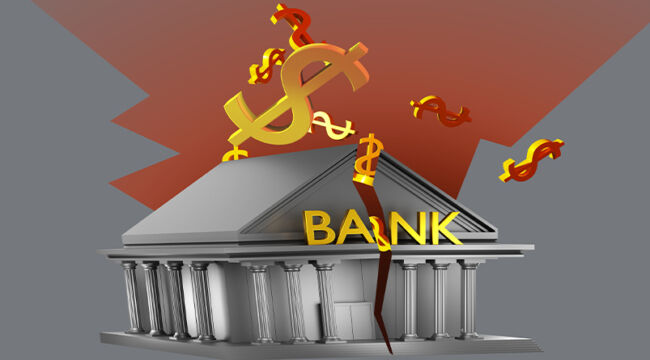
Banking Crisis, Stage Two
I’m sure you recall the banking crisis of March to May 2023.
It began with the collapse of the little-known Silvergate Bank on March 8. This was followed the next day by the collapse of the much larger Silicon Valley Bank (SVB) on March 9. SVB had over $120 billion in uninsured deposits.
Bank deposits over $250,000 each are not covered by FDIC insurance. Those depositors stood to lose all their money over the insured amount. This would have led to the collapse of hundreds of startup tech businesses in Silicon Valley that had placed their working capital on deposit at SVB.
There were also much larger businesses such as Cisco and at least one large cryptocurrency exchange that had billions of dollars on deposit there. Those businesses would have taken huge write-downs based on the size of their uninsured deposits.
On March 9, the FDIC said that indeed the excess deposits were uninsured, and depositors would get “receivership certificates” of uncertain value and zero liquidity instead.
By March 11, the FDIC reversed course and said all deposits would be insured. The Federal Reserve intervened and said they would take any U.S. Treasury securities from member banks in exchange for par value in cash even if the bonds were only worth 80% of par (which most were).
The Mother of All Bailouts
That Sunday night they also closed Signature Bank, a New York-based bank with crypto links. The damage wasn’t done. On March 19, the Swiss National Bank forced a merge of UBS and Credit Suisse, one of the largest banks in the world. Credit Suisse was on the edge of insolvency.
Finally, on May 1, First Republic Bank, with over $225 billion in assets, was ordered closed by the government and sold to JPMorgan.
…click on the above link to read the rest of the article…